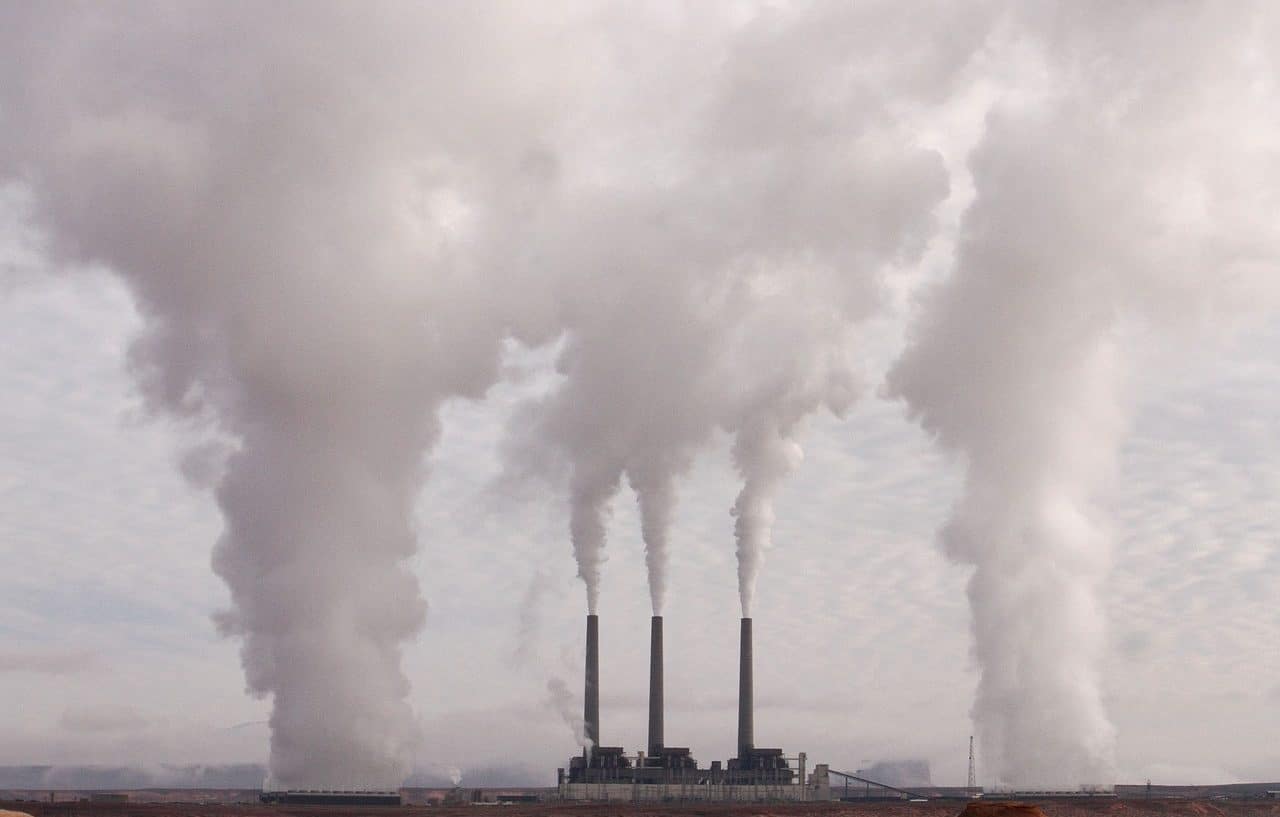
Global warming associated with greenhouse gases causes changes in the seasons and more frequent severe storms.
Greenhouse gases are those that carry out the absorption and emission of infrared radiation , thereby causing an increase in planetary temperature and promoting global warming . Carbon dioxide (CO2), methane (CH4) and nitrous oxide (N2O) are some of them.
It should be noted that a gas is a low-density fluid that shows a tendency to expand. The concept of the greenhouse effect , meanwhile, refers to the process generated by a set of gases (precisely, greenhouse gases, also known as GHG ) that cause an increase in temperature.
The phenomenon occurs when solar radiation passes through the Earth's atmosphere and reaches the surface, reflecting off the ground. Part of that infrared radiation is retained by greenhouse gases that accumulate in excess due to air pollution , fueling climate change by fueling global warming .
The impact of greenhouse gases on Earth
Greenhouse gases are essential for the existence of life on planet Earth . Thanks to their natural presence in the atmosphere , the average temperature on the planet's surface is around 14ºC , while without them it would be around -18ºC . These gases, therefore, contribute to the creation of the conditions necessary for life.
The problem is that certain activities carried out by humans - such as deforestation and the burning of fossil fuels - multiply the amount of greenhouse gases in the atmosphere. In this way, anthropogenic global warming arises.
In other words: greenhouse gases are naturally present in the atmosphere and are necessary at a certain level, but their excessive increase as a result of work carried out by man leads to climate change that has negative effects such as the melting of glaciers. (which leads to rising sea levels and, therefore, flooding), desertification , ocean acidification and drought .

The excessive accumulation of greenhouse gases in the atmosphere threatens sustainable development.
The energy balance
The energy balance of the Earth is linked to the balance maintained between the amount of solar radiation that the atmosphere receives and the amount that it returns to space once it is reflected from the surface. This relationship between what is received and what is emitted determines the average planetary temperature.
The climate system, over long periods, shows a tendency toward balance: the radiation from the Sun that enters the atmosphere is compensated by the radiation that leaves. When climate forcing occurs due to natural reasons or human action, an alteration of the energy balance occurs.
In this framework, the higher concentration of greenhouse gases in the atmosphere modifies this energy balance because the Earth absorbs more radiation than it radiates. Although it is often a matter of debate, it is generally considered that this climate change characterized by global warming is a direct consequence of human activity .

Reports from the Intergovernmental Panel on Climate Change (IPCC) warn about the need to reduce greenhouse gas emissions.
Greenhouse gases in industry
Many industrial activities cause greenhouse gas emissions. Hydrofluorocarbons (HFCs) and perfluorocarbons (PFCs), for example, are compounds used in different areas that are characterized as climate pollutants.
The carbon footprint grows with the burning of fossil fuels, with which the oil and gas industry has a great impact on the greenhouse effect. Beyond industrial emissions, most people contribute to the problem on a daily basis by traveling in vehicles that use gasoline or gasoline.
Faced with this reality, carbon emissions mitigation measures are necessary to combat global warming. In recent decades, the international community has established various pacts to advance in this regard.
The energy transition
The energy transition appears as a fundamental measure to reduce greenhouse gas emissions and minimize global warming. The premise is to limit the use of fossil fuels (such as oil, coal and natural gas), replacing them with some renewable energy source (such as wind energy or solar energy).
These changes in energy generation are promoted through instruments such as the Kyoto Protocol and the Paris Agreement , which contemplate emissions laws. The environmental policy aims to discourage carbon emissions and for those primarily responsible for them to assume the corresponding compensation.
The United Nations (UN) and climate activism also promote sustainable mobility (promoting green transportation through electric bicycles and cars), responsible consumption (to achieve waste reduction ) and recycling as a path to sustainable living. and without loss of biodiversity . Corporate responsibility, on the other hand, drives the development of low-carbon businesses and investment in clean energy.
It is expected that, with a minimization of greenhouse gas emissions, global warming will remain within limits that the climate system can handle without drastic alterations.
